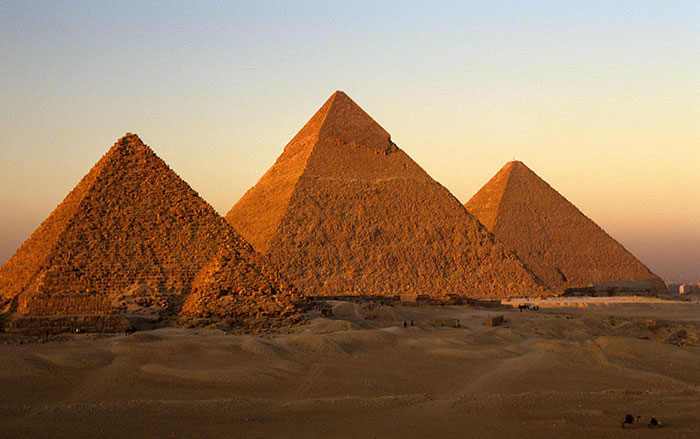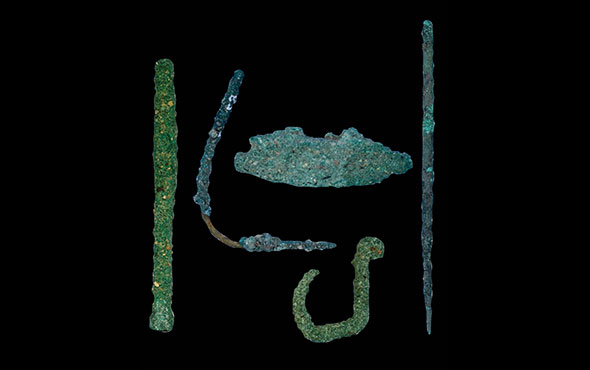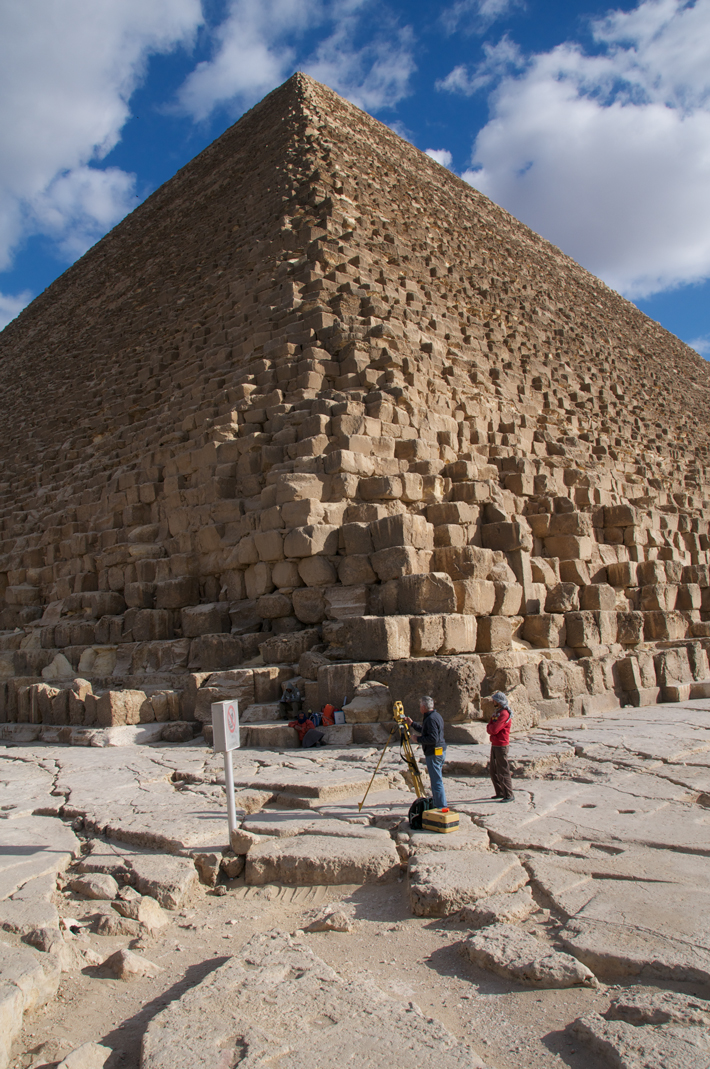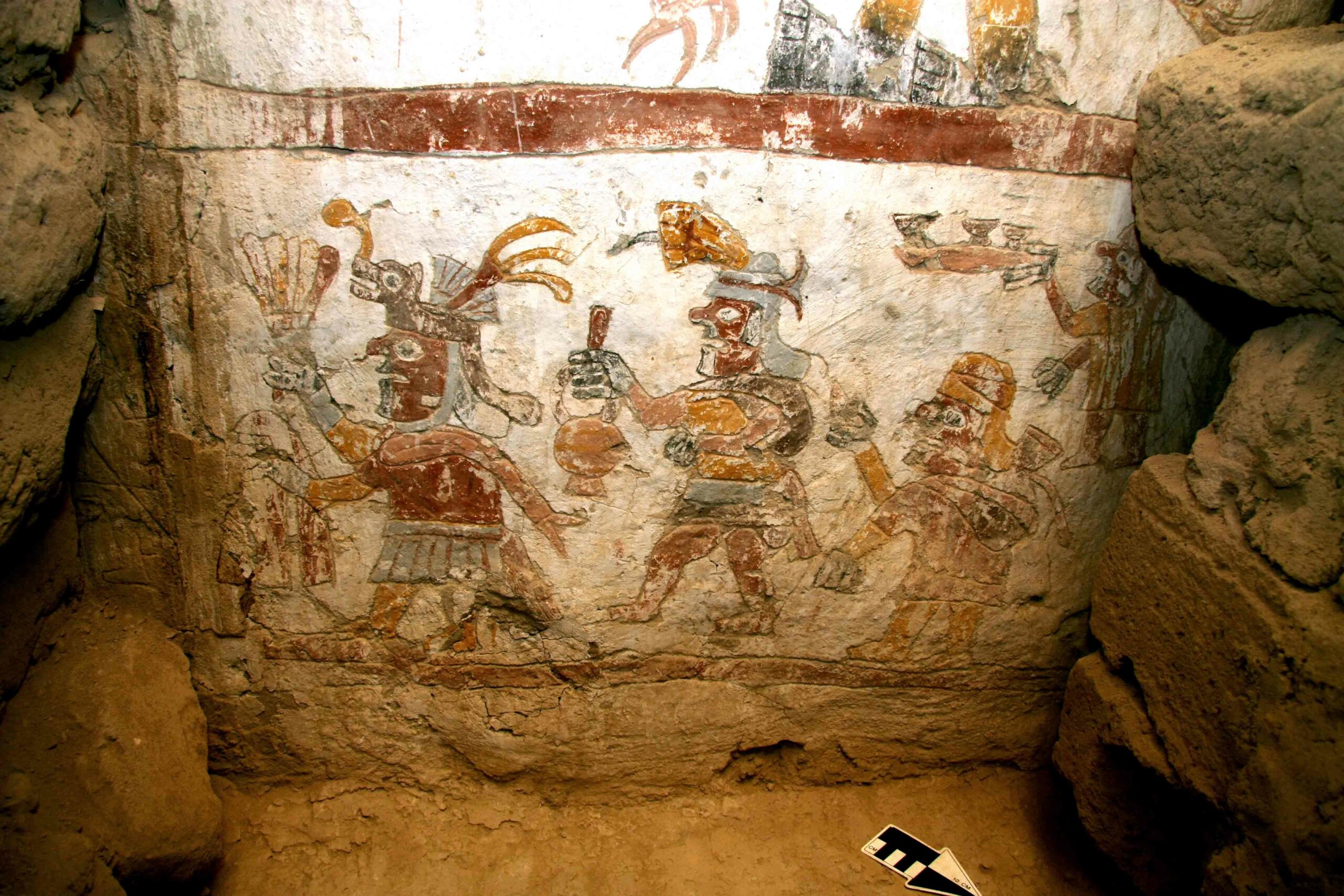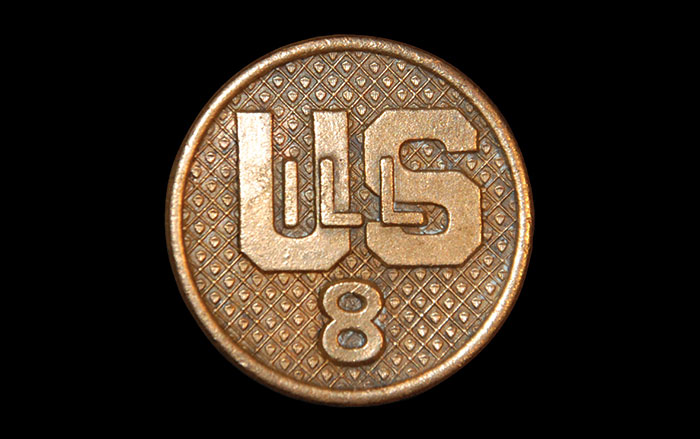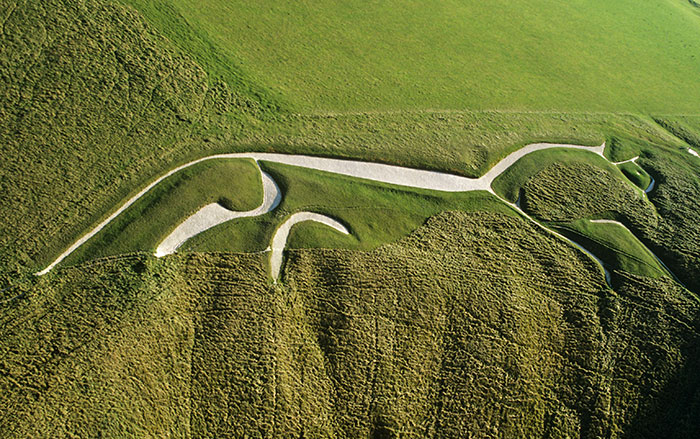
CAIRO, EGYPT—After a two-year investigation, a team of Japanese and French scientists announced that a void has been detected within Egypt’s Great Pyramid, constructed during the reign of Pharaoh Khufu between 2509 and 2483 B.C. BBC News reports that the researchers employed three different muography technologies, which record how cosmic rays from space interact with solid objects. When higher numbers of muons reached detectors placed in the pyramid, it suggested the particles had passed through empty space and had not been absorbed by stone. The proposed void measures about one hundred feet long and rests above the pyramid’s Grand Gallery, one of three known interior chambers. Voids may have been incorporated into the building plan to reduce the weight of the structure and avoid collapse. “What we are doing is trying to understand the internal structure of the pyramids and how this pyramid has been built,” explained Hany Helal of Cairo University. For more on Egypt's pyramids, go to “The Great Parallelogram.”


